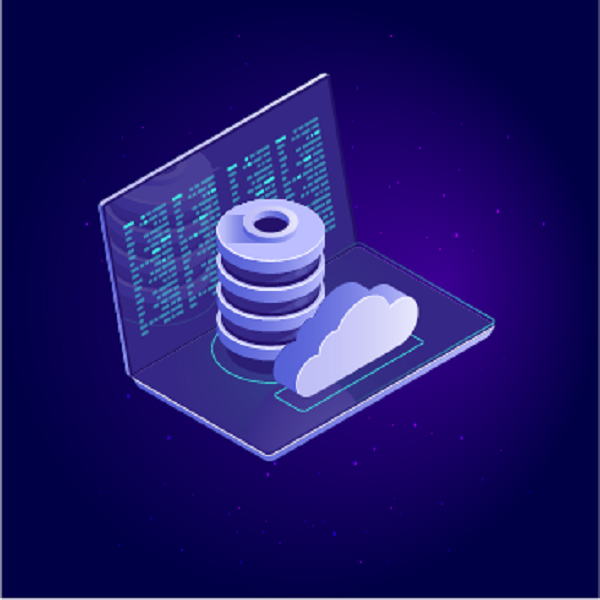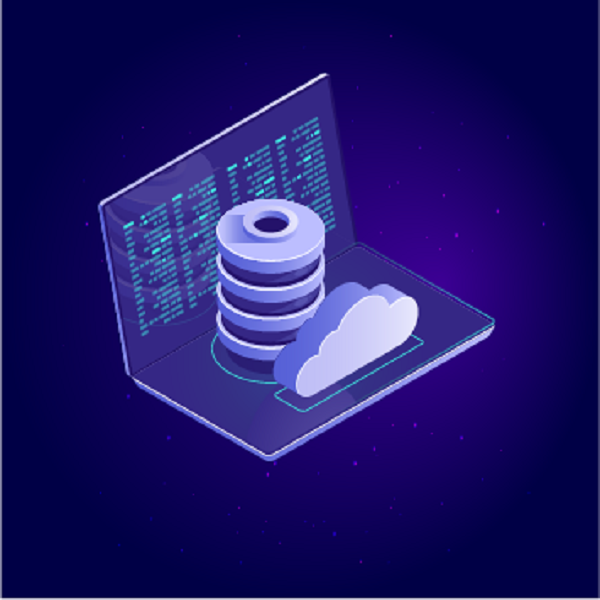Residential Proxies
Allowlisted 200M+ IPs from real ISP. Managed/obtained proxies via dashboard.

Proxies
Residential Proxies
Allowlisted 200M+ IPs from real ISP. Managed/obtained proxies via dashboard.
Residential (Socks5) Proxies
Over 200 million real IPs in 190+ locations,
Unlimited Residential Proxies
Use stable, fast, and furious 700K+ datacenter IPs worldwide.
Static Residential proxies
Long-lasting dedicated proxy, non-rotating residential proxy
Dedicated Datacenter Proxies
Use stable, fast, and furious 700K+ datacenter IPs worldwide.

Web Unblocker
View content as a real user with the help of ABC proxy's dynamic fingerprinting technology.
Proxies
API
Proxy list is generated through an API link and applied to compatible programs after whitelist IP authorization
User+Pass Auth
Create credential freely and use rotating proxies on any device or software without allowlisting IP
Proxy Manager
Manage all proxies using APM interface

Proxies
Residential Proxies
Allowlisted 200M+ IPs from real ISP. Managed/obtained proxies via dashboard.
Starts from
$0.77/ GB
Residential (Socks5) Proxies
Over 200 million real IPs in 190+ locations,
Starts from
$0.045/ IP
Unlimited Residential Proxies
Use stable, fast, and furious 700K+ datacenter IPs worldwide.
Starts from
$79/ Day
Rotating ISP Proxies
ABCProxy's Rotating ISP Proxies guarantee long session time.
Starts from
$0.77/ GB
Static Residential proxies
Long-lasting dedicated proxy, non-rotating residential proxy
Starts from
$5/MONTH
Dedicated Datacenter Proxies
Use stable, fast, and furious 700K+ datacenter IPs worldwide.
Starts from
$4.5/MONTH
Knowledge Base
English
繁體中文
Русский
Indonesia
Português
Español
بالعربية


This article systematically analyzes the core functions and technical features of Zenrows, deeply compares the technical differences of mainstream alternatives, and provides selection recommendations and implementation paths for enterprise-level data collection architecture.
Zenrows' technical positioning and core capabilities
As a comprehensive web data collection platform, Zenrows integrates three modules: intelligent parsing engine, proxy IP management and anti-crawling mechanism. Its core value lies in standardizing the data crawling process through API interface, with built-in dynamic IP rotation and browser fingerprint simulation functions, to solve the problems of verification code interception, IP blocking and other problems faced by traditional crawlers. In business scenarios that require high-frequency data interaction (such as e-commerce price monitoring), such tools significantly reduce development and operation costs. Professional proxy service providers such as abcproxy provide network layer infrastructure for data collection tools through underlying IP resource support.
The core motivation for finding alternative solutions usually involves cost optimization, functional expansion requirements, or technical architecture adaptation. Enterprises need to conduct multi-dimensional assessments based on actual business scale, data quality requirements, and operation and maintenance capabilities to build a sustainable and evolving data collection system.
Core functional requirements of data collection tools
Anti-crawling technology stack
Dynamic request header generation: automatically change HTTP parameters such as User-proxy and Accept-Language
Browser behavior simulation: support for modern web technologies such as WebSocket and CSS selector rendering
Verification code cracking integration: connecting to third-party OCR services or manual coding platforms
Resource Scheduling System
Intelligent IP rotation strategy: dynamically adjust the proxy usage frequency according to the anti-crawling strength of the target website
Request frequency control: Automatically adjust the collection rhythm based on the response status code (such as 503 error triggers a speed reduction)
Distributed task management: support multi-node collaborative operation and breakpoint resume mechanism
Data processing pipeline
Structured data extraction: built-in XPath/CSS selector visual configuration tool
Data cleaning module: automatically remove duplicates, correct coding errors, and convert time formats
Multiple output formats supported: export directly to CSV, JSON or write to database
Comparison of technical features of mainstream alternatives
Open source framework solutions
Scrapy combined with Splash rendering service can build a basic collection system, and cooperate with Rotating Proxy middleware to realize IP rotation. The advantage is that it is completely self-controllable, but it requires maintenance by a professional technical team and is suitable for companies with R&D capabilities. Such solutions often require additional integration of proxy IP services (such as abcproxy's residential proxy pool) to break through the access blockade of geographically restricted websites.
Cloud SaaS Platform
Visual operation platforms such as Apify and Octoparse provide zero-code collection capabilities and have hundreds of built-in website templates. Their pre-set IP proxy systems are usually based on shared resource pools, which may cause stability issues when collecting high-value data. Enterprise users are advised to choose platforms that support private proxy access and improve the success rate of tasks by binding exclusive IP resources (such as static ISP proxies).
Hybrid Architecture Tools
Puppeteer Extra can be used with the Stealth plug-in to achieve advanced anti-detection functions, and can be used with the Proxy Chain module to manage proxy chains. This type of solution performs well in JavaScript rendering scenarios, but requires building a proxy scheduling system on your own. The technical team can achieve targeted collection with geographic location accuracy up to the city level by integrating the API interface of professional proxy services (such as the intelligent routing function of abcproxy).
Dimensions for selecting enterprise-level alternatives
Business suitability assessment
Data scale: A distributed architecture that supports horizontal expansion is required for millions of requests per day.
Target website complexity: Dynamically rendered pages require tools to have Headless Browser control capabilities
Compliance requirements: Collection strategy configuration under the constraints of data regulations such as GDPR
Technical and economic analysis
Total Cost of Ownership (TCO): includes license fees, operation and maintenance labor costs, and proxy IP expenses
ROI calculation model: quantifying the value of tools for business growth through data collection
Hidden cost control: Avoid data pollution or legal risks caused by tool defects
Ecosystem expansion capabilities
API openness: whether it supports seamless connection with internal BI system and CRM platform
Plugin market richness: Can existing extension modules cover future business scenarios?
Proxy service compatibility: whether it supports mainstream proxy protocols (such as Socks5) and authentication methods
Critical path for implementation of alternative solutions
Proof of Concept (PoC) Phase
Establish a multi-dimensional test case set including dynamic web pages, verification code protection, frequency limit, etc. Focus on verifying the performance of the tool in the following scenarios:
Stability index for continuous operation for 24 hours
Automatic expansion capability when traffic increases suddenly
Compatibility test with existing proxy IP services
Production environment deployment
Adopt a gradual migration strategy, and initially switch 10%-20% of the collection tasks to the new tool. During the deployment process, focus on:
Optimization of load balancing algorithm for proxy IP resources
Automatic retry mechanism configuration for failed requests
Integration solution with monitoring and alarm system
Continuous optimization mechanism
Establish a data quality dashboard to track core indicators such as field completeness and data timeliness. Regularly evaluate the purity of the proxy IP pool, and configure exclusive channels (such as abcproxy unlimited residential proxy) for high-value collection tasks to ensure that the trust relationship between IP resources and target websites remains valid.
As a professional proxy IP service provider, abcproxy provides a variety of high-quality proxy IP products, including residential proxy, data center proxy, static ISP proxy, Socks5 proxy, unlimited residential proxy, suitable for a variety of application scenarios. If you are looking for a reliable proxy IP service, welcome to visit the abcproxy official website for more details.
Featured Posts
Popular Products
Residential Proxies
Allowlisted 200M+ IPs from real ISP. Managed/obtained proxies via dashboard.
Residential (Socks5) Proxies
Over 200 million real IPs in 190+ locations,
Unlimited Residential Proxies
Use stable, fast, and furious 700K+ datacenter IPs worldwide.
Rotating ISP Proxies
ABCProxy's Rotating ISP Proxies guarantee long session time.
Residential (Socks5) Proxies
Long-lasting dedicated proxy, non-rotating residential proxy
Dedicated Datacenter Proxies
Use stable, fast, and furious 700K+ datacenter IPs worldwide.
Web Unblocker
View content as a real user with the help of ABC proxy's dynamic fingerprinting technology.
Related articles

How to send a POST request with cURL
This article explains in detail the method and parameter configuration of sending POST requests with cURL, explores the application scenarios of proxy IP services (such as abcproxy) in API debugging and data submission, and provides technical practice references for developers.

How to use Yelp Menu API to obtain data
This article analyzes the functions and application scenarios of the Yelp Menu API, explores how to efficiently obtain restaurant data through proxy IP services (such as abcproxy), and provides technical ideas for enterprises and developers.

Shopee icon PNG application associated with proxy IP
Analyze the technical requirements and application scenarios of Shopee icon PNG, explore the collaborative value of proxy IP in cross-border e-commerce data collection and brand visual optimization, and help enterprises improve global operation efficiency.